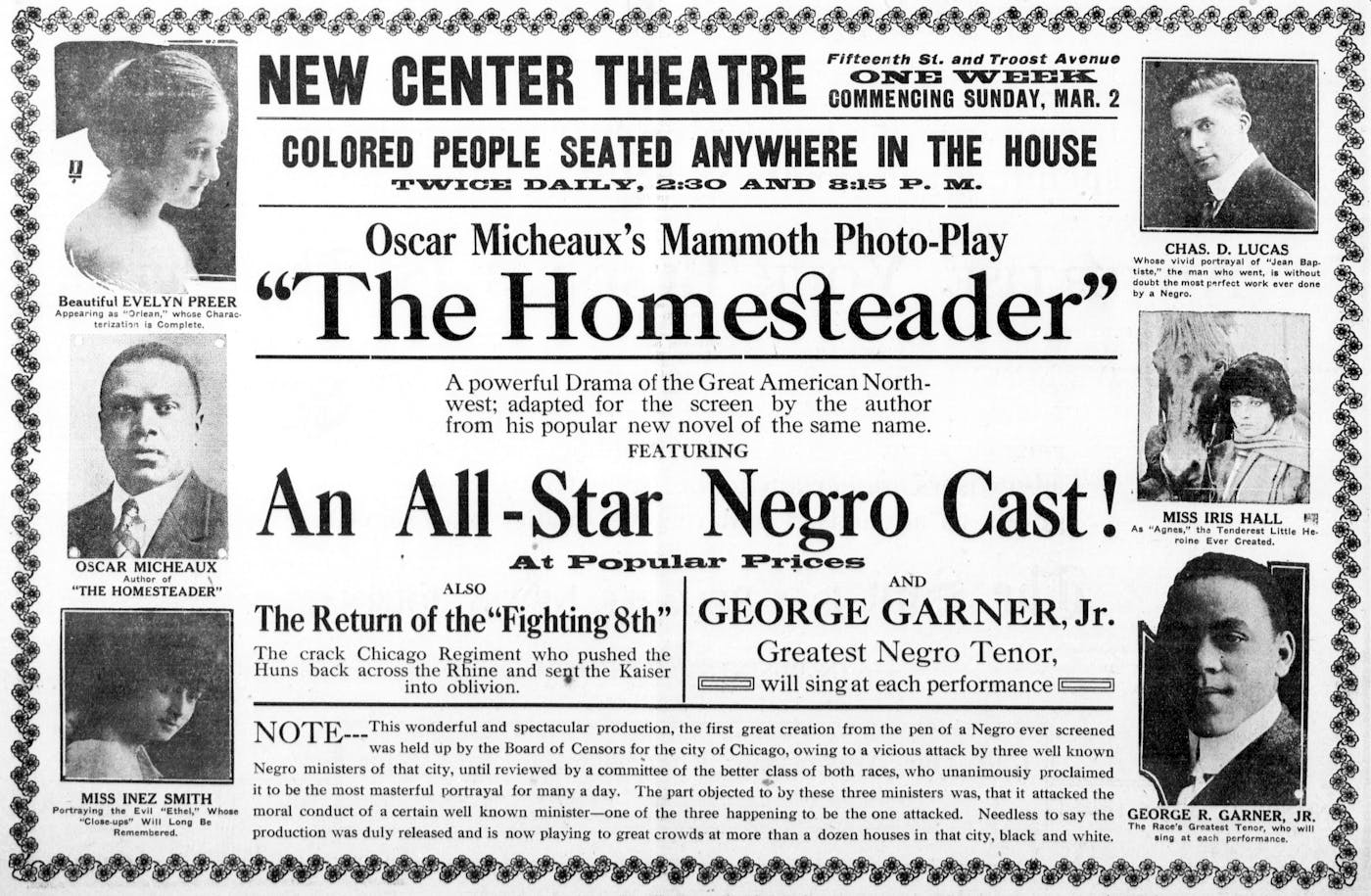In the fall of 1960, Melvin Van Peebles stood on the Champs-Élysées with wet cheeks and three reels of film under his arm. His life was in shambles. Hours before, the aspiring film director had been lauded during a screening of his films at the famed Cinémathèque in Paris. He was the guest of its founder, legendary cinephile Henri Langlois. After the event, Langlois kissed Van Peebles on both cheeks and drove away. As the afterglow of the applause faded, Van Peebles realized he was alone—stranded in France, with no money and no way home. He spoke no French and had no friends. What was he to do?
He stayed, and in so doing altered the course of cinematic history. Like other Black intellectuals and artists from America, from Richard Wright and James Baldwin to Miles Davis and Dexter Gordon, Van Peebles found a refuge in Paris from the hostile racial climate back home. That alone was enough to keep him going. He started life in his adopted country as a homeless street performer, taught himself to speak French, and went on to become a respected magazine journalist. When he learned of a law that subsidized French writers to adapt their books into films, Van Peebles transformed himself once more, eventually publishing four novels in French. He was then awarded financing to direct a movie based on his novel La Permission.
The resulting adaptation, titled The Story of a Three-Day Pass (1967), combines French and English dialogue. It portrays a Black U.S. soldier stationed in France who, on a weekend pass from the Army, embarks on a steamy love affair with a white French woman. Van Peebles experimented with jump cuts and freeze frames to express the social anxieties that presided over interracial dating in the 1960s. His stylistic choices clearly situate the picture within the French New Wave, a movement popularized by François Truffaut and Jean-Luc Godard. But, tellingly, one seldom sees Van Peebles’s name mentioned in discussions of that lively cinematic chapter. When The Story of a Three-Day Pass won the top prize at the San Francisco Film Festival that year, audiences and critics were astounded to discover the director of that marvelous French film was actually … a soul brother from Chicago.
Van Peebles’s festival triumph generated buzz and garnered him a shot in Hollywood. In 1970, he helmed a successful picture, Watermelon Man, and became the first Black director to receive a multi-picture deal with a major studio. But if you were to ask the average movie buff today to identify Van Peebles or any of his films, even amid an unprecedented commercial effort to expose audiences to Black directors, they would likely be at a loss.
The story of Melvin Van Peebles speaks to a larger problem. Many Americans, in the face of public outrage over the high-profile police killings of unarmed Black citizens like George Floyd, Ahmaud Arbery, Breonna Taylor, and Rayshard Brooks, are struggling to make sense of this country’s appalling racial violence. Some have looked to Black films for answers. Numerous media outlets and streaming services have compiled lists of films that reduce Black cinema, a heritage filled with strange twists and fascinating personalities, to a familiar menu of offerings from Spike Lee and a couple of other big names. This is what happens when you combine corporate incentives with performative “wokeness.” These campaigns leave the public imagining an enjoyable stay-at-home movie night: “Learn About the Black Struggle and Chill.”
